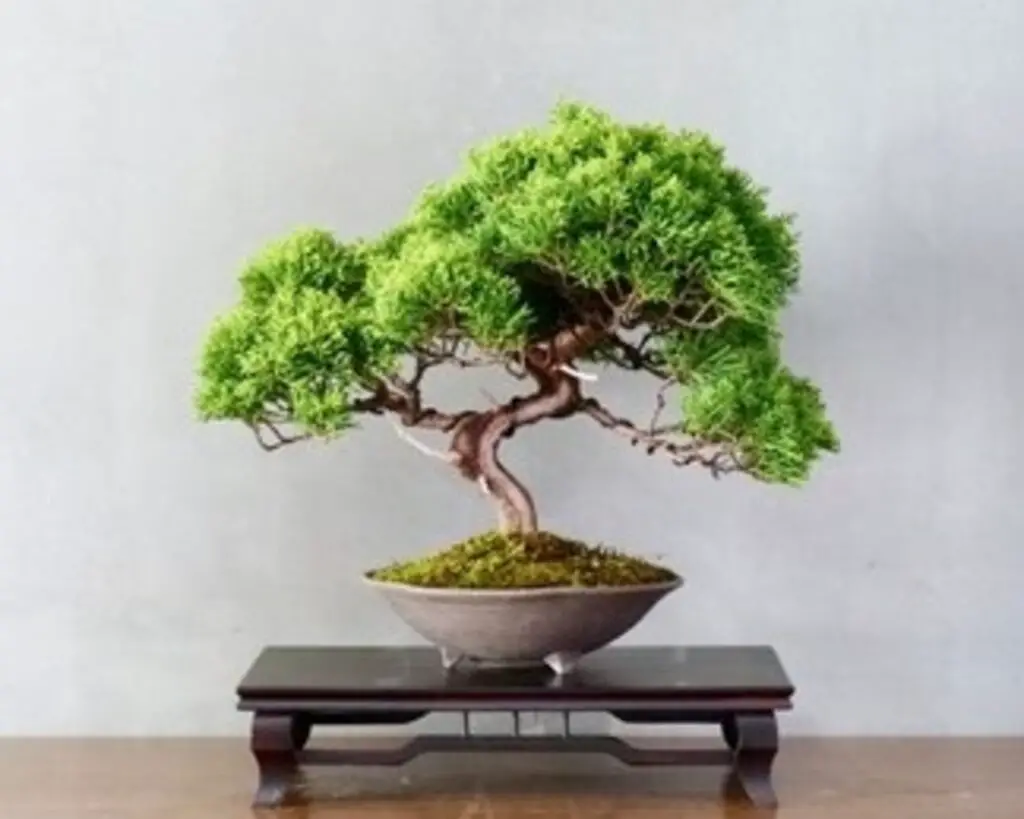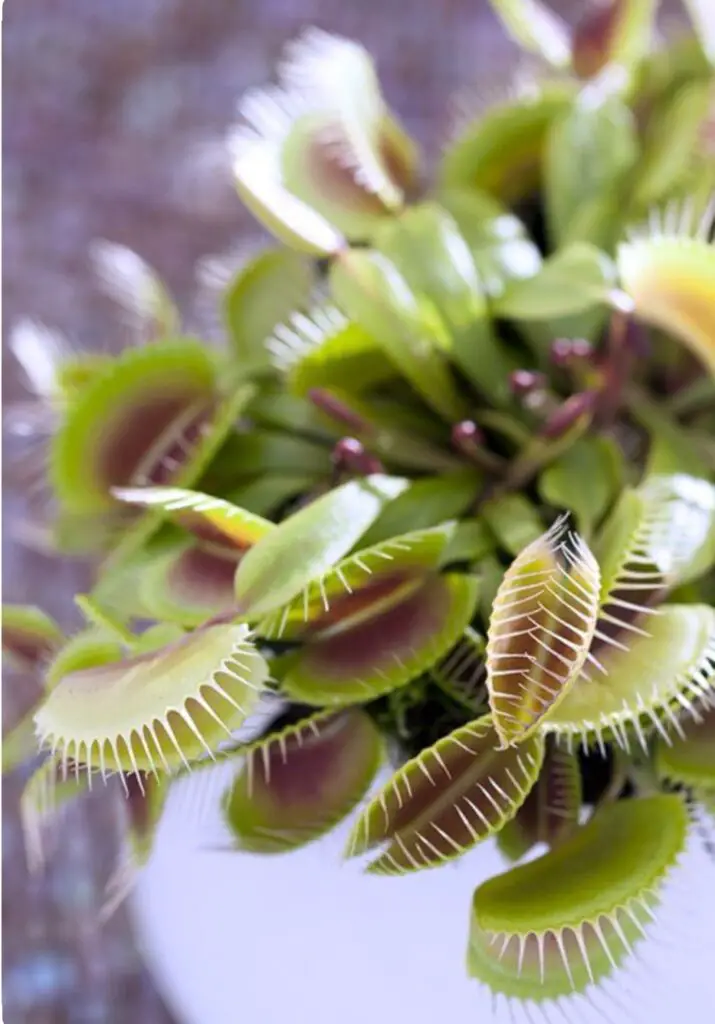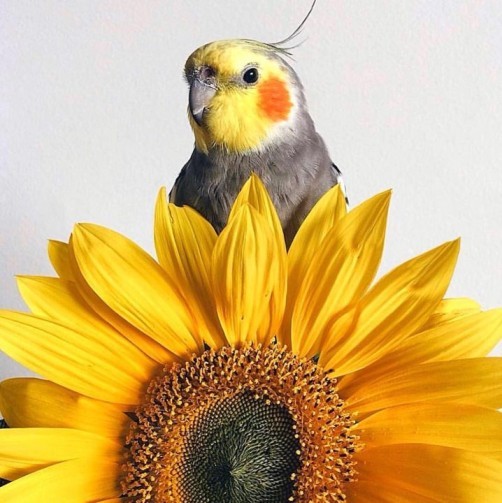Honeynut squash has been newly introduced to the world. It is already making its place in grocery stores and people’s homes. And we know why! This cultivar squash is absolutely amazing in the kitchen. Ever since I tried it, it became a necessity to have. Also, it is an amazing hack where it makes a great side dish with literally anything,
It is very similar to butternut squash in color, but different in taste and size. It is distinguished by its sweet taste. Compared to its size, it is surprisingly extremely rich in nutrients and has great health benefits
Honeynut Squash’s History
In 2009, honeynut squash was a result of a collaboration between Michael Mazourek, an associate professor in Plant Breeding and Genetics at Cornell University, and Dan Barber, chef and co-owner of the iconic Blue Hill at Stone Barns in Pocantico Hills, New York.
Jack Allier, farm director at the Stone Barns Center, gave a group of plant breeders at Cornell University to Chef Dan Barber to cook for him. After the meal, Barber made a comment to Mazourek “If you’re a good breeder, why don’t you make this butternut squash taste good”
Mazourek worked on a mini squash for nearly a year. However, the seeds did not get much recognition. As the farmers believed the squash was way too small for anyone to buy. “I brought the farmers to the diagnostic lab. Their first question was, ‘Why is it so small?’ People don’t think they should pay more for something. smaller. “ Said Mazourek.
The Process of Creating Honeynut Squash Seeds
Usually, the process of creating a new breed of vegetables can take several years (up to eight generations.) Mazourek firstly started by breeding two types of squash seeds with complementary characteristics. Once the newly made squash was harvested, he took the seeds out of it and planted them. the grandchildren’s generation was when he began to pick the best form and the highest quality seeds.
The Final Product
As the generation grew, the size, color, and texture of the fruit became more uniform. And that’s how he was able to grow honeynut squash. This is something our grandparents would have built for the rest of their lives.” said Mazourek. However, it only took him two years. That’s absolutely astonishing!
Generally, breeders aim to produce a larger harvest rather than flavor. But in this case, the primary aim was to create a more flavorful squash. Mazourek had chef Barber as a taste-testing leader.
The way Barber cooked honeynut squash made Mazourek amazed. Barber roasted the honeynut squash on high heat, caramelizing the interior so that brown sugar, maple syrup, or other added sweetness to the squash was not needed.
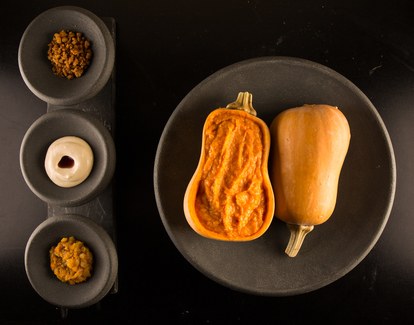
“Once we roasted them, that’s where honey nut really came into existence – realizing how technology affects the final flavor. And I grew up to achieve it,” said Major Rick.
Despite all these advantageous features, Mazourek had to jump a few hurdles to get it to a diverse audience. “Breeders like me have to convince seed companies to use their seeds, but they won’t unless growers are willing to like the seeds,” Mazourek said.
“Growers won’t use the seeds unless retailers buy them. Though, retailers won’t buy them unless they thought that their customers would buy the fruit. One of our frustrations was that a retailer claimed that they didn’t put Honeynuts squash in the box on its own, instead put them in a box of butternut squash.“
The Honeynut Squash Success
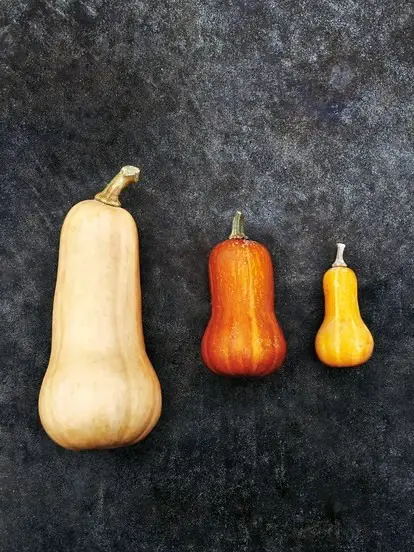
Left to right: butternut squash, Honeynut squash, and “898” squash currently in development.
Due to Mazourek’s rapid success, the G9 chef’s Summit has met with him. It was during an annual conference where nine of the world’s best chefs gather to discuss food. In 2013, Massimo Bottura and René Redzepi were introduced to this new fruit and they instantly fell in love with it.
The genius Mazourek made sure to let them know that he is still working on an even better version of honeynut squash called “898” and will be finished at least after 5 years.
The great chef Bill Telepan, a head chef at Happy Food Restaurant Oceana, stated that he will be using honeynut squash in seasonal vegetarian dishes from there and on. “Squash can taste like dead food, but honeynuts are instantly lively and flavorful. You can eat it like a steak if you want! “He exclaimed. “The nutrients and natural sweetness make it great for kids, and it’s the right size for one squash.”
What is Honeynut Squash
They are roughly 6″ tall and sturdy, and look almost exactly like butternut squash. After all, it is a mix between buttercup squash and butternut squash. However, the taste is much more concentrated because it is not diluted by the weight of water.
This incredible fruit has an intense natural sweetness and is malty rich and less caramelized when roasted at high heat. It has thin skin so they don’t need to be peeled. Additionally, the amount of beta-carotene it contains is doubled.
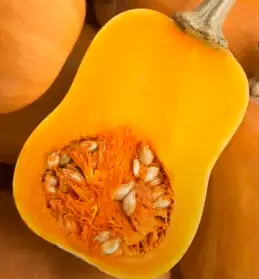
Mazourek described Honeynuts as “a hard food with a soft, smooth texture, and a taste that becomes sweeter when eaten.” Its appearance is a deep honey color. Besides that, it has an inherent sweetness – which is why it is called Honeynut.
Where to Find Honeynut Squash
Honeynut squash is mainly found in the Northeast and across the country in various farmers’ markets and grocery stores. However, recently, you can find them at any local farmers’ market, or at retailers such as Costco, Whole Foods, Meal kits, and Trader Joe’s.
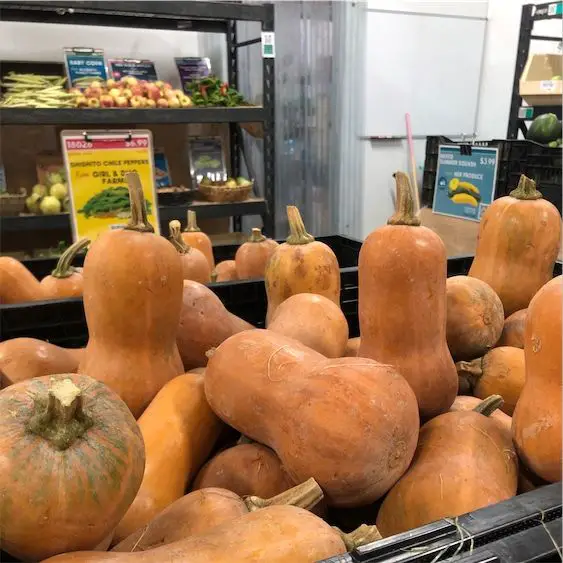
Specialty Produce
1929 Hancock Street San Diego CA92110
619-295-3172
In 2017, Barber stated that Blue Apron bought 1.89 million pounds (857289kg) of honeynut squash. regardless of the fact that people were not familiar with it four years prior. “We did not have to do anything to it to make it succeed as it tastes really good,” Barber said. “The market is rooting for flavor, and honeynut squash is the light at the end of the tunnel.”
Conclusion
Many breeders and farmers tend to grow large harvests with quantity because they believe it would bring more profit to them. While Mazourek and Barber believed otherwise and only focused on the flavor and the quality. The story on honeynut squash is absolutely inspiring for other breeders to create a more quality harvest.

